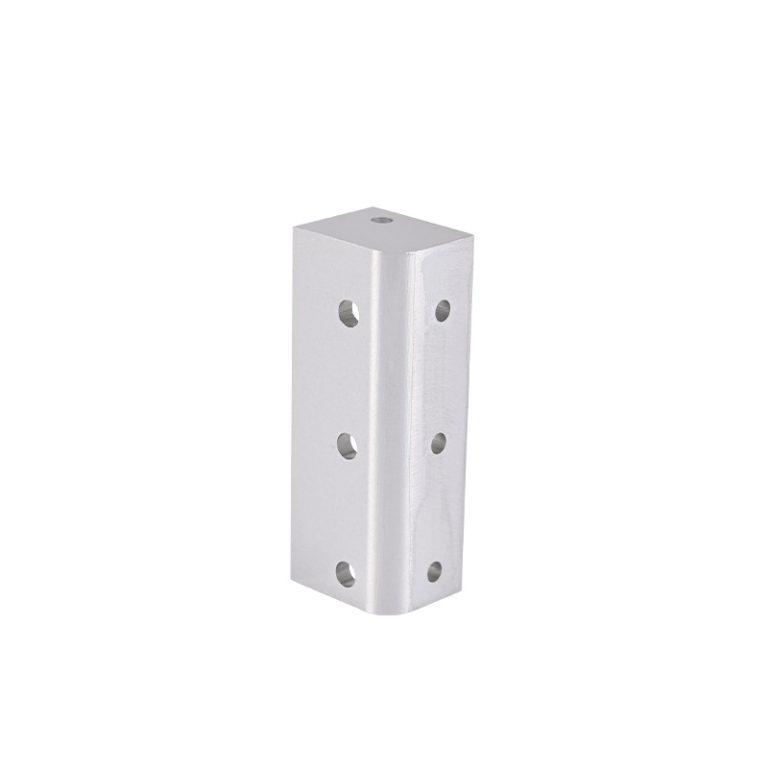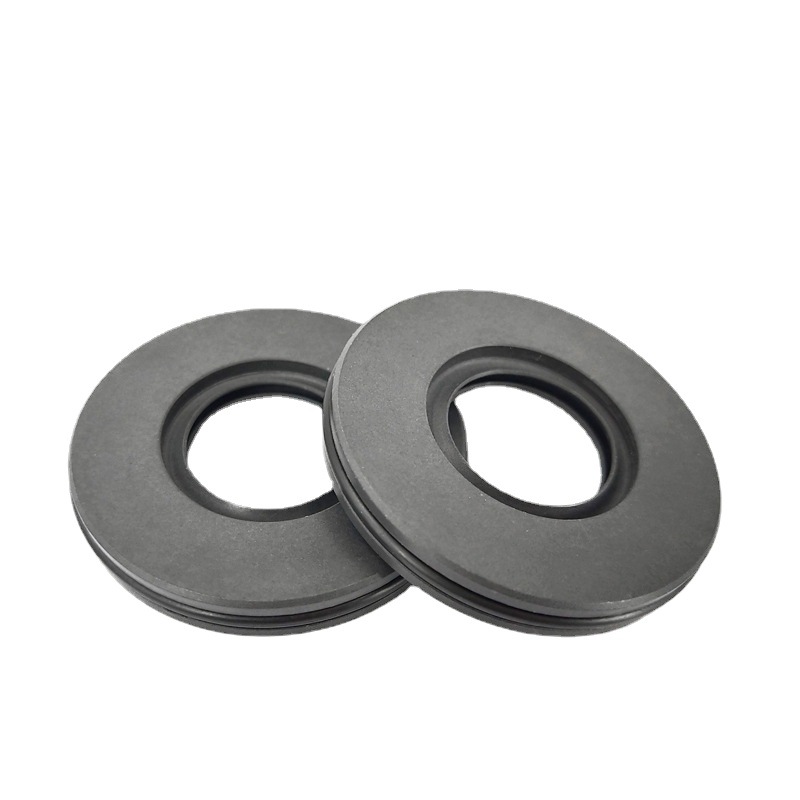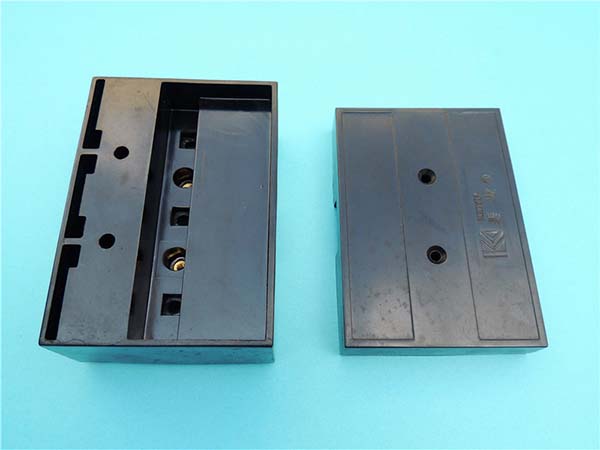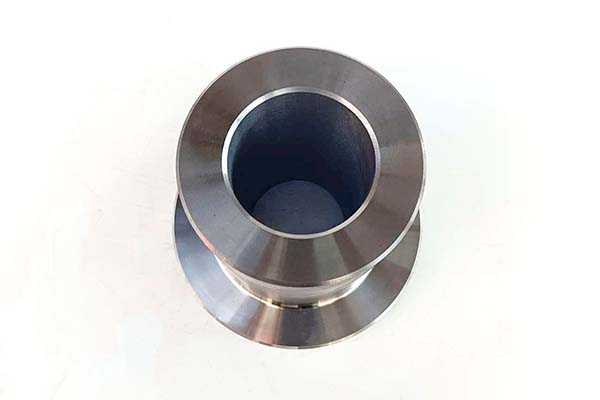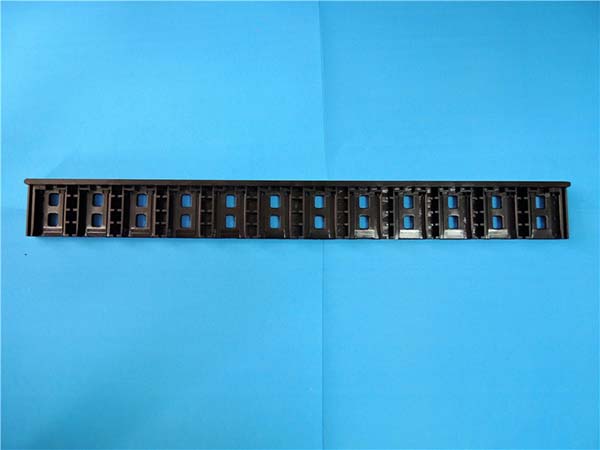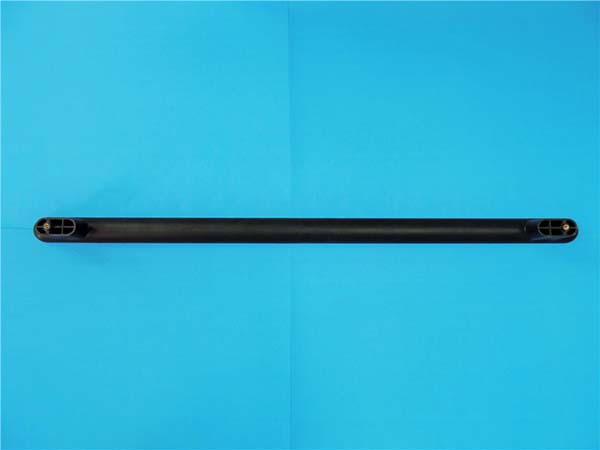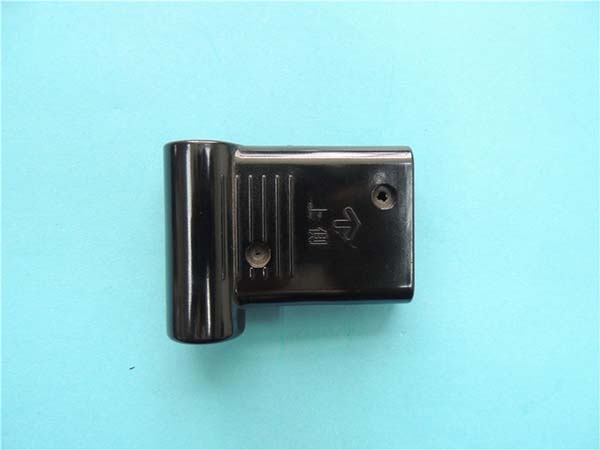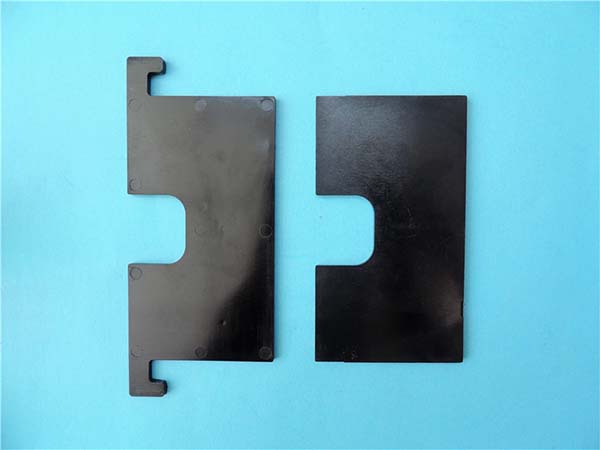Introduction to Laser Printing on Metals
Laser printing on metal surfaces is a highly precise and non-contact method used to create permanent markings such as text, logos, barcodes, and decorative designs. By harnessing the focused energy of a laser beam, this technique modifies or removes material on the metal surface, resulting in durable and legible marks. It is employed across industries including automotive, aerospace, electronics, and consumer goods for applications demanding precision, durability, and customization.
Overview of the Process
The laser printing process on metals involves the following steps:
- Design Preparation: Digital designs are created using CAD software and then transferred to the laser machine's operating system.
- Metal Surface Preparation: The target surface is cleaned to remove contaminants such as oils, dust, or oxidation that might interfere with the marking process.
- Laser Marking: A laser beam, controlled by a computer, directs focused energy onto the metal surface. This process results in marking through one of three mechanisms:
- Engraving: Physically removes material to create deep markings.
- Etching: Alters the surface layer for shallow markings.
- Annealing: Changes the color of the surface through oxidation without removing material.
- Post-Marking Treatment: The surface is cooled, and any residual debris is cleaned to reveal the final markings.
Advantages Over Traditional Methods
Laser printing on metals offers several advantages compared to conventional techniques like mechanical engraving, stamping, or ink-based methods:
- Non-Contact Process: Eliminates mechanical wear and reduces risk of damage to the material.
- High Precision: Produces fine details and intricate designs with micron-level accuracy.
- Durability: Creates permanent marks resistant to wear, corrosion, and fading.
- Versatility: Compatible with a variety of metals, including stainless steel, aluminum, brass, titanium, and more.
- Customization: Easily adjusts for personalized designs or variable data like serial numbers.
- Eco-Friendly: No inks, chemicals, or consumables are required, reducing waste and environmental impact.
Technology and Mechanism
Types of Lasers Used
The choice of laser type depends on the metal and application:
- Fiber Lasers:
- Highly efficient with excellent beam quality.
- Ideal for metals like stainless steel and aluminum.
- Commonly used for engraving, etching, and deep marking.
- CO₂ Lasers:
- Better suited for non-metallic surfaces but can mark coated or anodized metals.
- Useful for less demanding metal applications with surface coatings.
- Nd:YAG Lasers (Neodymium-Doped Yttrium Aluminum Garnet):
- Versatile solid-state lasers capable of marking various metals.
- Often used for deep engraving or high-power applications.
Laser-Metal Interaction
The interaction between the laser and the metal surface is governed by parameters such as power, speed, and focus. Key processes include:
- Heat Absorption: The metal absorbs the laser's energy, converting it into heat.
- Material Removal: The heat vaporizes or melts the material for engraving or etching.
- Oxidation: Controlled heating causes surface oxidation, producing contrasting marks in annealing.
Applications and Industries
Automotive
Laser printing enables marking on components like engine parts, chassis numbers, and decorative trims. It ensures durability under harsh automotive environments and aids in traceability.
Aerospace
Aerospace parts require precise, durable identification for safety and compliance. Laser printing produces permanent markings, such as serial numbers and QR codes, on high-strength alloys without compromising material integrity.
Electronics
Marking circuit boards, connectors, and device casings demands high precision. Laser printing provides non-invasive marking for intricate components without affecting their functionality.
Consumer Goods
From jewelry and watches to personalized electronics, laser printing allows for detailed branding and customization on aesthetically important surfaces.
Benefits and Challenges
Benefits
- Durability: Marks are wear-resistant and maintain clarity over time.
- Customization: Enables variable data printing and on-demand design changes.
- Eco-Friendly: Reduces reliance on consumables like ink or etching chemicals.
- Efficiency: Offers high-speed production suitable for batch processing.
Challenges
- High Initial Investment: Laser equipment can be expensive.
- Surface Preparation: Contaminants may affect marking quality.
- Material-Specific Adjustments: Some metals require specific settings or pre-coatings for optimal results.
- Safety Requirements: Operators must manage risks from laser radiation and fumes.
FAQs
What is the difference between laser engraving, etching, and annealing?
- Engraving: Physically removes material to create deep grooves.
- Etching: Removes a thin surface layer, resulting in shallow markings.
- Annealing: Alters the surface color through localized heating without material removal.
Can laser printing work on reflective metals?
Yes, but reflective surfaces may require adjustments in laser power and focus or the use of absorptive coatings to prevent reflection-related inefficiencies.
Is laser printing on metals safe?
With proper safety protocols, including protective eyewear, ventilation for fumes, and operator training, laser printing is safe.
What industries benefit most from laser printing on metals?
Industries such as automotive, aerospace, medical devices, electronics, and luxury goods benefit significantly due to the technology's precision, durability, and versatility.
Conclusion
Laser printing on metals is a versatile and precise technology revolutionizing how industries mark, identify, and personalize metal components. Its ability to create durable, high-quality markings without physical contact makes it invaluable in applications demanding precision, longevity, and adaptability. With ongoing advancements in laser systems and materials, this technology will continue to expand its reach across diverse sectors.
